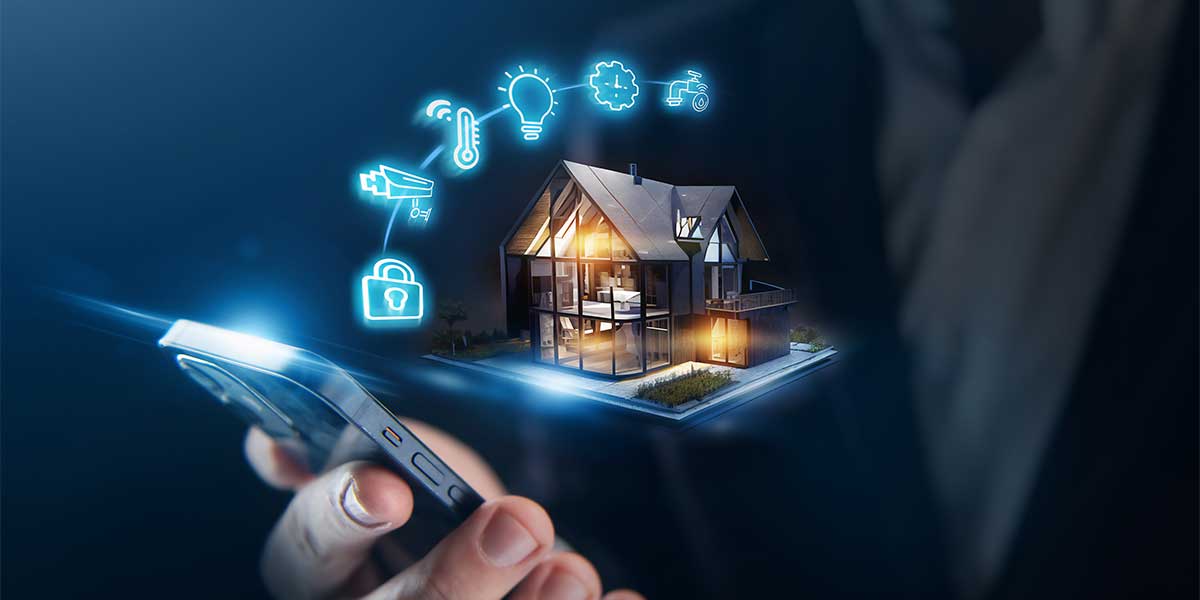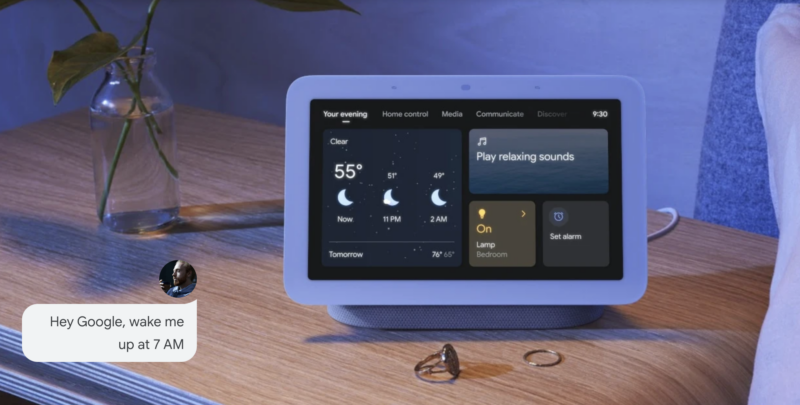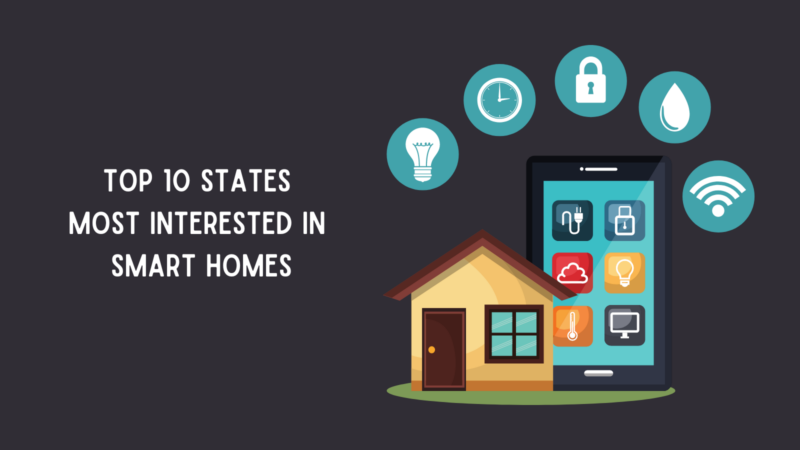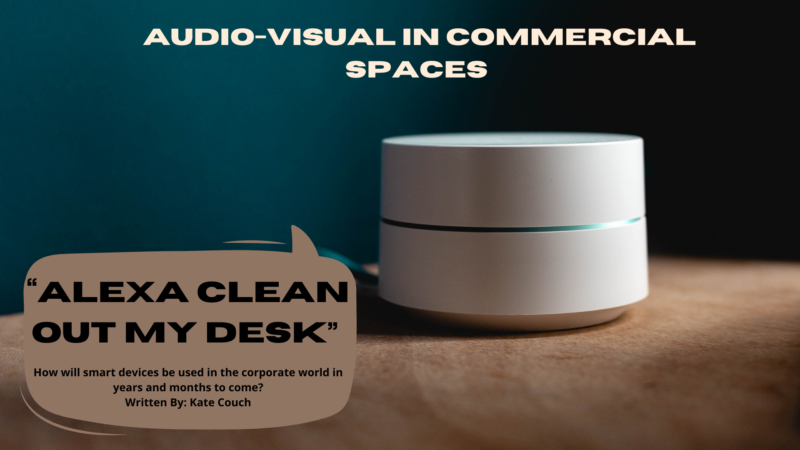DIY Automation Beefs

Remember that one guy in your classes who would ask the professor a “question?” I used quotes because their question was always a thinly veiled excuse to expound and fill up the air with their own opinions. I never liked that guy when I was in school. As a result, I try to avoid being that guy now. However, sometimes it’s unavoidable — even necessary.
Recently we had a meeting with a new vendor who was walking us through their automation products. When they got to the part about “Works with Alexa and Google Home” that’s when I needed to be “that guy” and ask a question that was actually a springboard for a short rant. I wasn’t a total jerk about it, but I wanted them to drill down deeper into what they meant by “works with” so that I can properly answer that question when my dealers ask me what they mean by that. Rest assured, they WILL ask me.
So far, my personal experience with off-the-shelf or DIY automation products has been a mixed bag. I recognize that I’m not a normal person, and my outlook on some things differs from the average consumer. In one of my past lives I had both CEDIA and Crestron certifications so I have … opinions about how home automation should work and about user interface design.
For some years now, my home has been a laboratory of smart-home devices, much to the chagrin of my family. Devices rotate in and out with some regularity. Some of the devices in my home have been samples from vendors, and others I’ve bought from retailers. I’ll tell you right now that “works with” is a very loaded phrase, and there’s often some nuance there.
Here are some irritations I’ve had with various DIY automation products.
First: there’s incomplete functionality. It’s easy to make a smart plug work, it only has two functions: in and off.
But when dealing with more complex devices lack of functionality impacts usability.
Google Home allows volume control of my Integra AVR, BUT it won’t power it on, or select inputs. Even more maddening, the device functionality varies from one ecosystem to another. Apple HomeKit has more functionality with my Integra AVR than Google, but not all of it.
All of that is solved by adding a THIRD automation brand, Roomie Remote for the AV system, but come on. The next issue is that “works with” doesn’t always mean “works easily with.”
Some devices, like the dongle that allows remote control of my garage door opener, are nestled away in their own silo. It works perfectly fine in its own app, but using it through Google Home requires three steps to tell Google Home to connect to it, which is three steps too many. As a result, no one bothers with it.
Speaking of apps: Every time I buy a new dongle, it’s a different brand with a different app. This is most apparent when smart plugs fail. Sadly, smart plugs fail periodically, which means they need to be replaced. And when you do need to replace them, what’s available is a different brand than last time. There are three, maybe four brands of smart plugs in use around my house. Not a big deal, but the back page of my phone is littered with the apps I needed to download to activate the smart plugs prior to getting Google and Apple HomeKit to recognize them. It’s just …inelegant.
I don’t really have a solution to any of this. And I’m reminded of the adage that “complaining about a problem without offering a solution is whining.”
I suppose I do have a solution, but that would involve going all-in on Crestron or Control4 or something but, and this is all on me, that’s more money than I’m willing to spend at this point.
You can argue that an industry guy without a proper home automation system is like the shoemaker’s kids going barefoot, but I can live with that.





